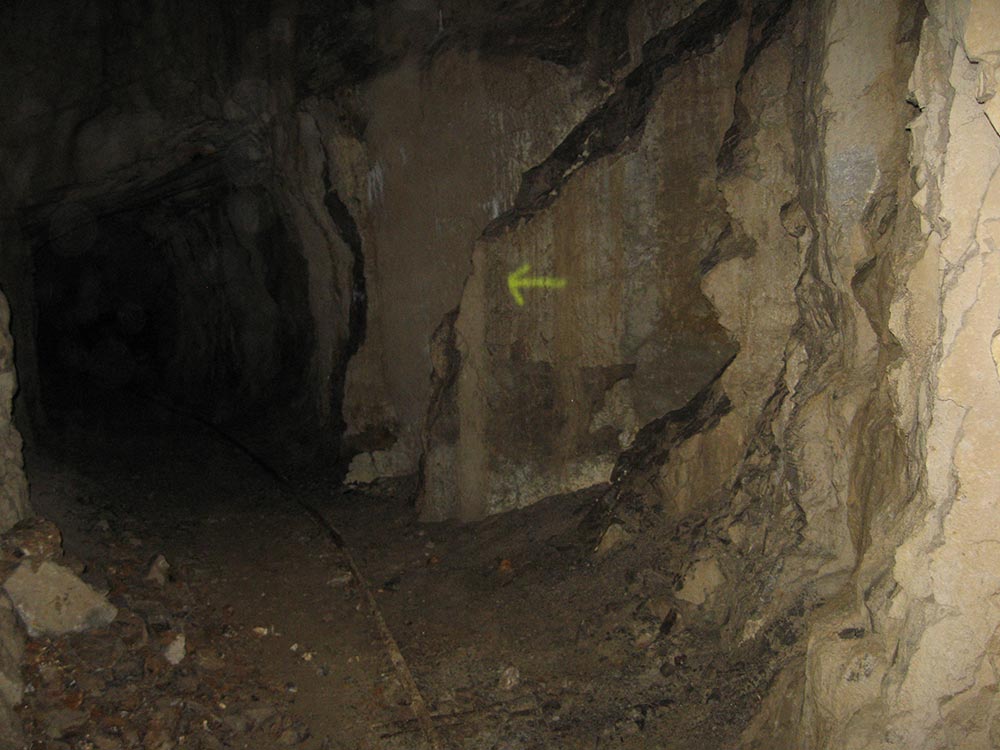Geological origins
Conformation of the Alps
Metamorphic rock, formed as a result of frequent telluric shifts:
- Sedimentary: marble, limestone, dolomite, chalk, sandstone, bauxite
- Magmatic: basalt, granite, diorite.
The rocks in this area date back 230 million years. At that time, the present-day area looked like today’s tropical islands; in fact, these rocks were deposited in the carbonate platform marine environment (corals, shells, mollusc shells, crustaceans, all visible when observing the rocks under a microscope), forming the mineral by diagenesis. These rocks (limestones) are very porous and within them we find voids or air pockets that, over millennia, fill with various minerals; these voids were formed by the passage of water with a high calcium, magnesium and iron content, forming the mineral by the effect of sublimation.
How does a mineral come into being?
Sublimation: Within closed cavities, excavated by the passage of water, the sediments left behind are altered and transformed by the high temperatures developed by constant tectonic pressure, passing from the solid state to the gaseous state without passing from the liquid state. The gases generated crystallise to form the mineral.
Diagenesis: In geology, diagenesis is any chemical/physical change undergone by a sediment after its deposition, between other rock layers or other sediments, during its solidification; the mineral is formed if the sediment has not already begun the lithification process (transformed into rock) or undergone alteration by the external environment (erosion).
Oxidation and Corrosion: from the moment rocks and minerals come into contact with the atmosphere they undergo deterioration caused by elements in the air.












